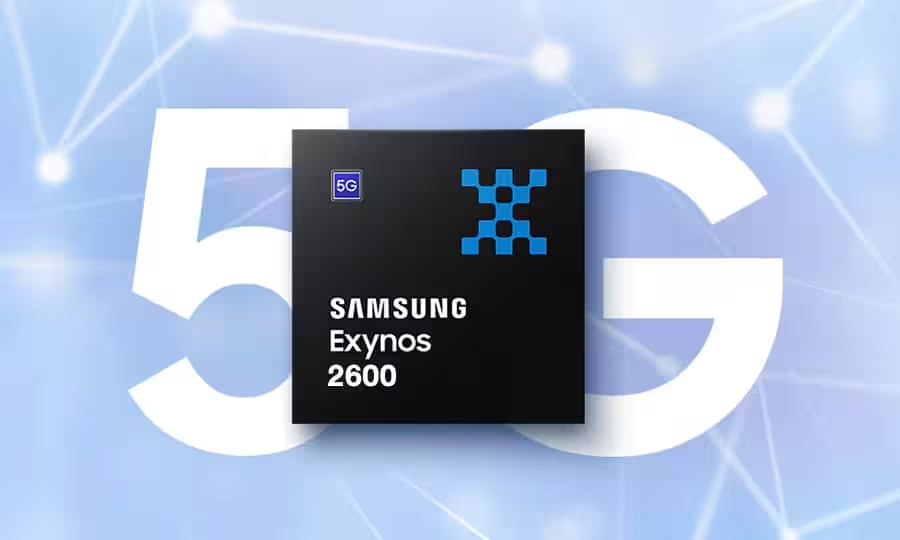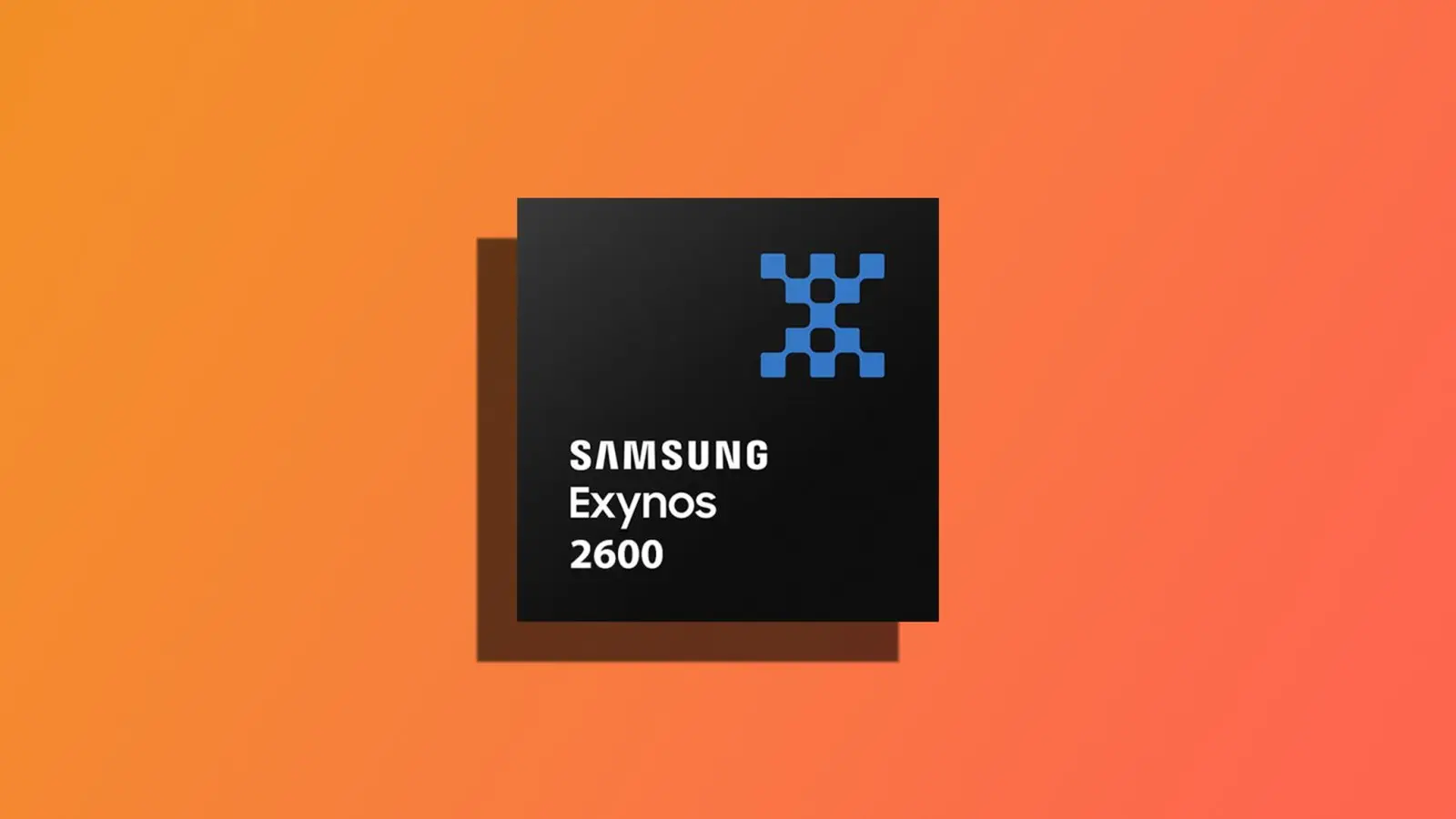3 Minutes
Samsung’s Exynos 2600—reportedly the company’s first 2nm GAA chipset—entered mass production late in September, but a fresh rumor suggests a major caveat: the 5G modem might not be integrated on-die. If true, that design choice could erode one of the chip’s biggest selling points: power efficiency.
Why a modem on the die matters more than you might think
Integrated modems reduce power draw and board complexity by consolidating baseband tasks into the SoC package. Qualcomm and MediaTek highlighted precisely this benefit when unveiling the Snapdragon 8 Elite Gen 5 and Dimensity 9500, respectively—each flagship pairing a baseband chip on the same die to tighten energy budgets and latency.
By contrast, a separate 5G modem requires extra traces, consumes additional power, and occupies valuable space on an already crowded logic board. The result? Real-world battery life gains promised by Samsung’s 2nm GAA node—up to 25% lower power consumption versus 3nm (per company claims)—could be partially offset by modem overhead.

How the rumor stacks up against competitors
The rumor comes from a post by a user named “Beomkwi” on a Korean forum and is currently unconfirmed. Still, it’s notable because Samsung has touted the Exynos 2600’s 2nm GAA process as delivering up to 12% higher performance alongside the efficiency gains. If the 5G baseband sits off-die, rivals with integrated basebands may enjoy a practical edge in power efficiency.
Apple is an interesting comparison: it has historically used Qualcomm modems as separate components on iPhone logic boards, yet Apple’s recent introductions of the C1 and C2 basebands in the iPhone 16e and iPhone Air show the industry shifting toward tighter modem-SoC integration. That trend favors single-die solutions for flagship phones where battery life and thermal budgets are paramount.
What this means for Samsung and consumers
- Performance claims for the Exynos 2600 could still hold in isolated benchmarks, but sustained real-world efficiency may lag if modem overhead is significant.
- Designers face trade-offs: a separate modem can simplify development or licensing, but it risks undermining one of Samsung’s headline advantages with 2nm GAA.
- Consumers may notice smaller-than-expected battery improvements in phones that pair the Exynos 2600 with an off-die modem.
At this stage the report remains speculative. Samsung could still opt to integrate a baseband on the same die or package, or produce multiple configurations for different markets. For readers tracking flagship SoC competition—Snapdragon 8 Elite Gen 5, Dimensity 9500, and Apple’s A-series chips—the presence or absence of an on-die 5G modem will be a key differentiator in 2026 device comparisons.
Want the deeper reads?
If you’re curious about the Exynos 2600’s architecture, performance targets, and how it might stack against Qualcomm and MediaTek next year, check out recent rumor roundups and teardowns from respected tech analysts. For now, take this particular claim with caution: rumor credibility is mixed and Samsung hasn’t confirmed modem details.
Source: wccftech


Leave a Comment